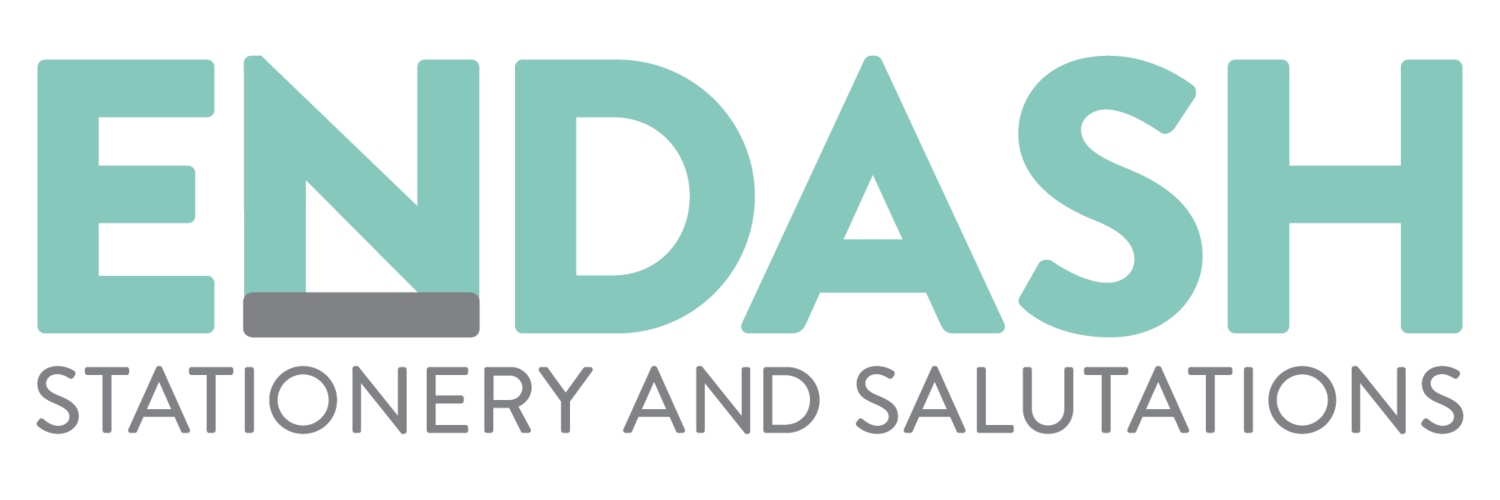DIGITAL PRINTING
Digitally printed invitations are printed directly from a digital file on a computer. Digital printers transfer four colors of ink (cyan, magenta, yellow, and black) to paper simultaneously, producing a full-color print after only one pass through the printer – meaning that each invitation takes less time to print and is less expensive to produce than other printing methods.
THERMOGRAPHY
Thermography is used to create “raised printing” and includes a shiny finish. A plastic resin powder is dusted over “wet” ink, and the combination is heated to fuse together. Paper is hand-fed and each piece is applied under two tons of pressure, creating an embossed image with startling clarity, color purity and depth. Two-sided pieces should be avoided with thermography.
LETTERPRESS
Letterpress printing can combine multiple colors of ink when multiple dies and impressions are made. However, each ink color, press run and die is a separate charge. Letterpress yields “recessed” images which give a unique dimension. Soft, cotton-like paper is recommended to enhance the “impression” of invitations and cards.
FOIL STAMPING
Foil stamping allows for the creation of breathtaking gold wedding invitations, or silver wedding invitations, or whatever shine your heart desires. You can mix letterpress and foil stamping in a single design; print your invitation in soft colored foils; or go two tone, mixing a gold matte foil with a gold shine foil for a truly stunning look. Foil is also recommended for white ink on dark papers.
EDGE BEVELING
EDGE PAINTING
LAMINATING
standard foil colors
standard thermography inks
standard letterpress inks










